
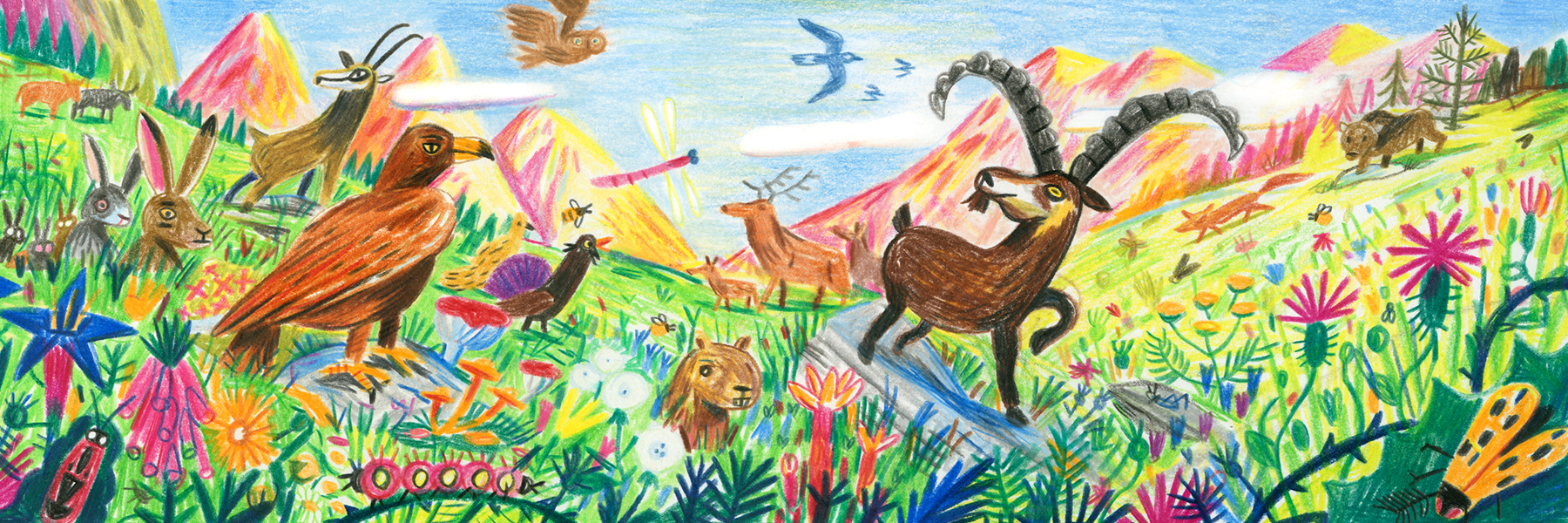
The Swiss Alps are beautiful, but are they biodiverse?
The demands of a growing human population often clash with the needs of nature, a fact that regularly sparks political debate in Switzerland.
Nearly half of the country’s 230 habitat types are threatened, in particular moors, farmland and freshwater ecosystems. Problems with these living spaces put pressure on their wild residents, and about a third of the 45,000 species of flora and fauna in Switzerland are threatened. Another issue is the loss of genetic diversity, which plants and animals need in order to resist disease and adapt to a changing climate.
Switzerland and its Alps are growing warmer. Plants that previously couldn’t survive above certain altitudes are creeping higher up the mountains and competing with Alpine flora for space and nutrients. This in turn affects the species that depend on them for food and shelter.
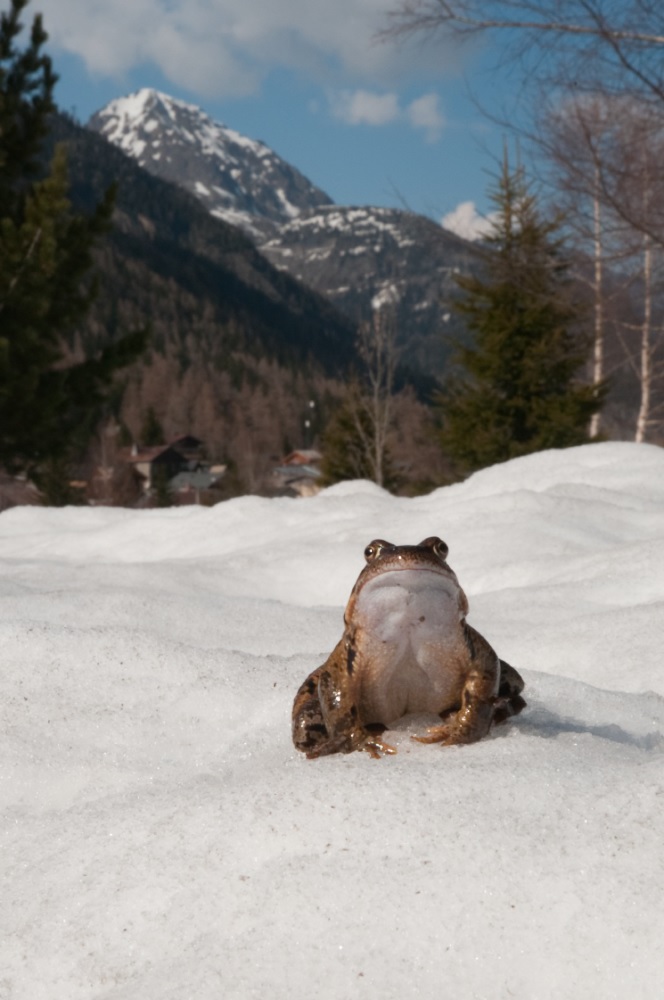
More
Alpine species struggle to keep pace with climate crisis
For migrating birds, a sanctuary in southern Switzerland serves as a key rest stop. The Bolle di Magadino reserve, a wetland of international importance, is one of the nation’s few protected biodiverse areas. Our reportage offers a closer look.
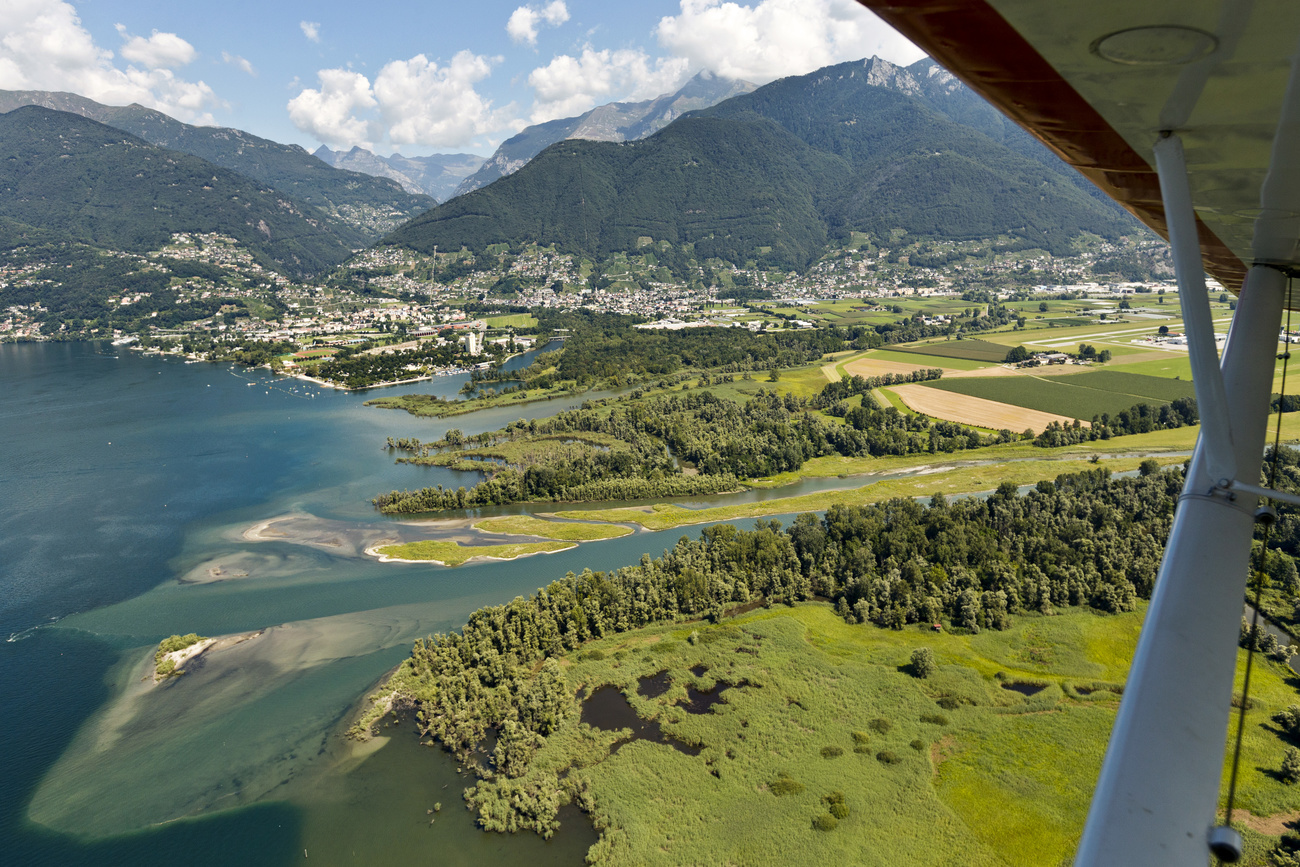
More
Key Swiss sanctuary reveals challenges, opportunities in biodiversity protection
Other border-crossing visitors are less welcome. Many mountain farmers with herds of sheep want to eliminate predators like wolves and lynx – two species already driven to local extinction in the 19th and early 20th centuries. Wolves, numbering about 180, have been finding their way back to Switzerland.
Current law permits a wolf to be shot only after it has attacked a certain number of animals. In December 2022, parliament revised its hunting law to permit preventive wolf culling. Game wardens will also be allowed to shoot wolves that approach human settlements in a threatening manner.
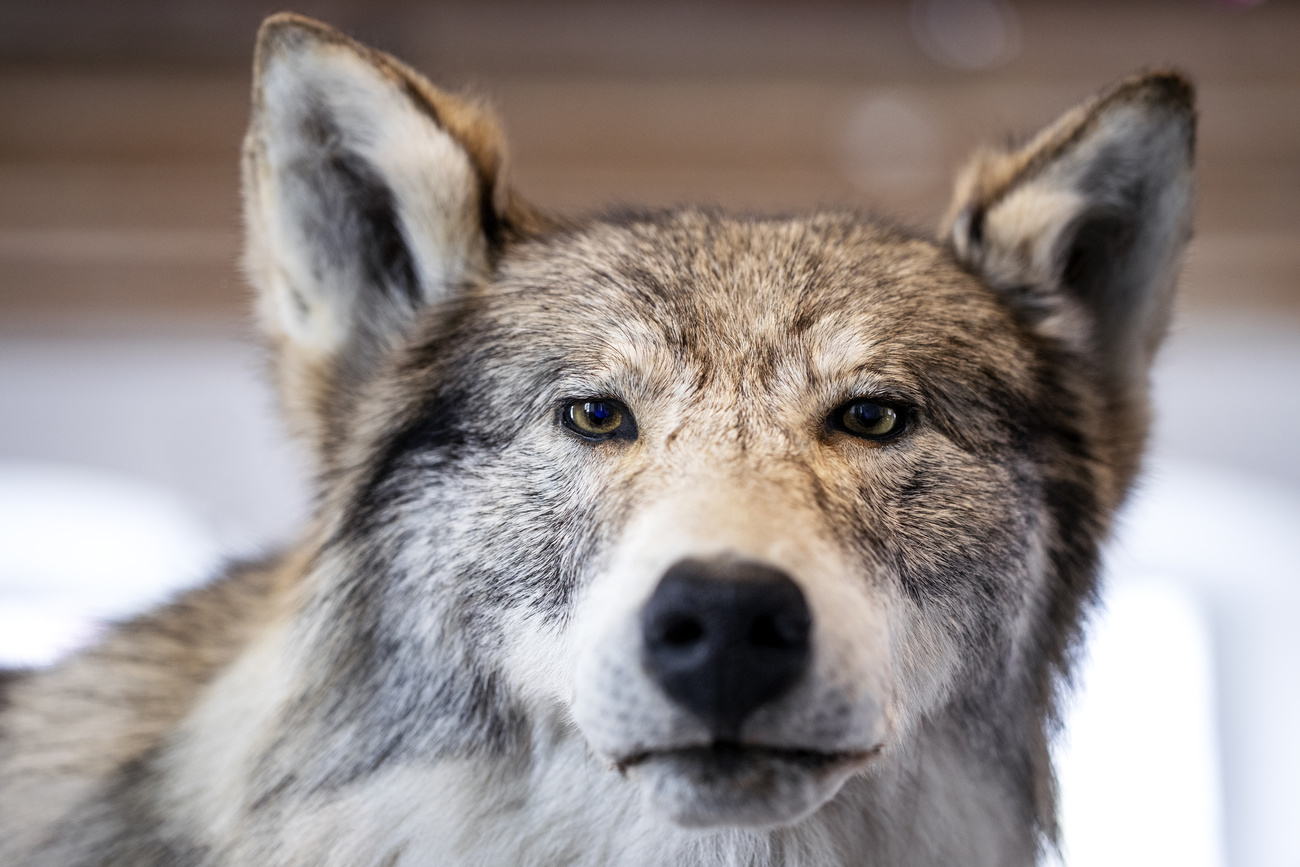
More
Wolves can be shot before they kill
Government efforts to bring the lynx back have been successful, and now there are about 250 individual animals. This report from Swiss public television, SRF, has more.
People in Switzerland regularly take action to boost biodiversity. Upcoming votes include two initiatives calling for changes to the Swiss constitution: one specifically to protect biodiversity and another to halt the spread of built-up areas.
“Diverse landscapes, lively brooks, fertile soil and a rich architecture: Much of what Switzerland stands for has come under massive pressure. But politicians and the authorities are doing very little to safeguard this wealth and our livelihood for the future,” said campaigners such as Pro Natura, BirdLife Switzerland and the Swiss Foundation for Landscape Protection and Development when they handed in the necessary signatures in September 2020. Parliament is currently working on a counter-proposal to the initiative.

More
Voters to have final say on biodiversity and landscape protection
More
In a 2017 reportExternal link, the federal environment office explained that biodiversity was essential because it “produces food, regulates the climate, preserves air and water quality, participates in soil formation and offers human beings a place of recreation and a source of inspiration”.
Indeed, biting into a crisp apple is one of the pleasures of the harvest season. But if there aren’t enough pollinators, the yield of apples and other fruits will be poor. Ironically, efforts to feed people can be part of the problem if there are monocultures, herbicides and pesticides at work. Switzerland’s 50,000 small farmers meet just over half of the national demand for food, if you take imported animal feed into account.
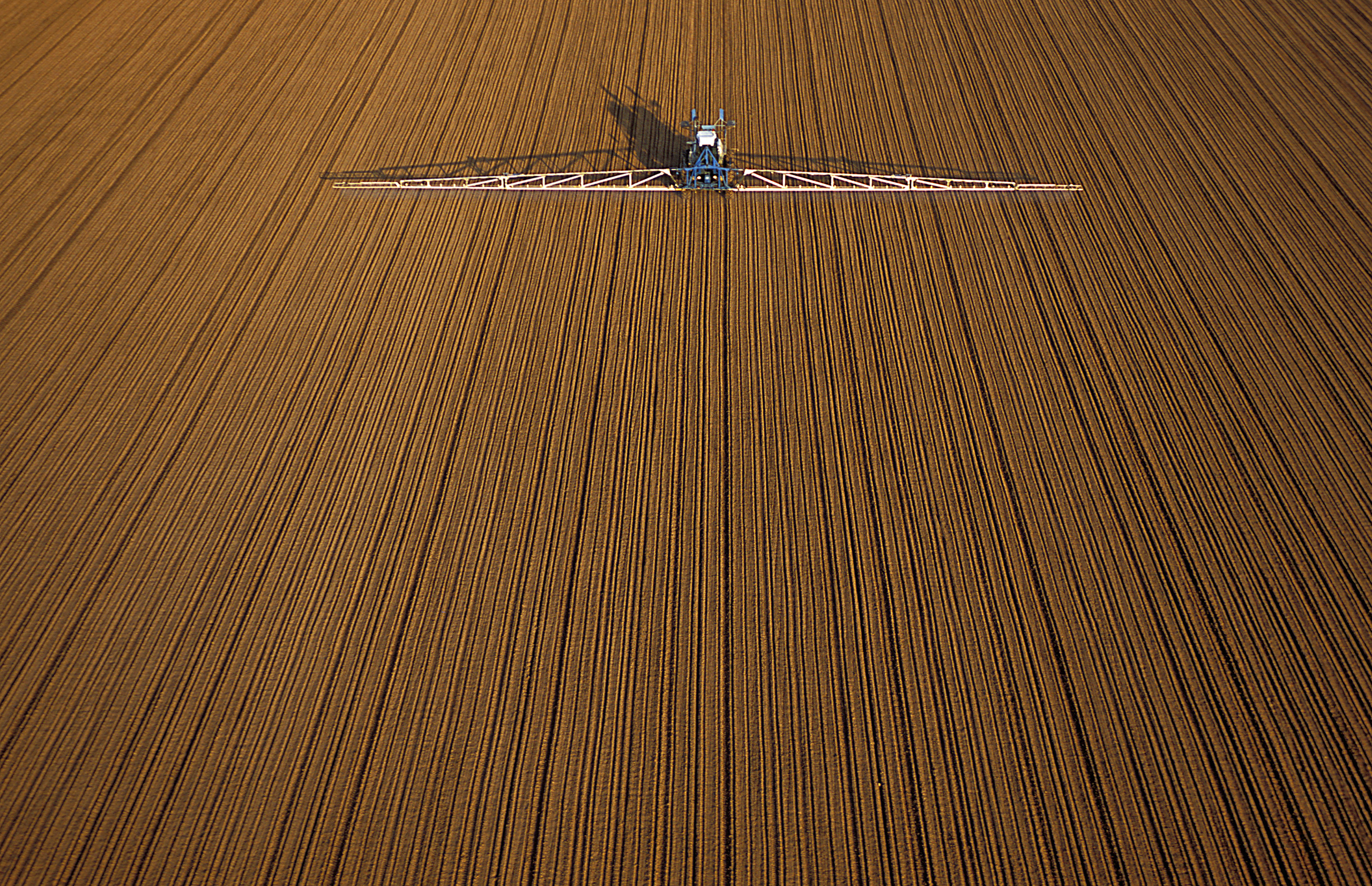
More
‘We are destroying the planet to feed ourselves’
But when it comes to having an array of species, it’s definitely not a case of the more the merrier. Invasive species – those that aren’t native to the region – can pose a threat to local flora and fauna when they compete for living space and nourishment.
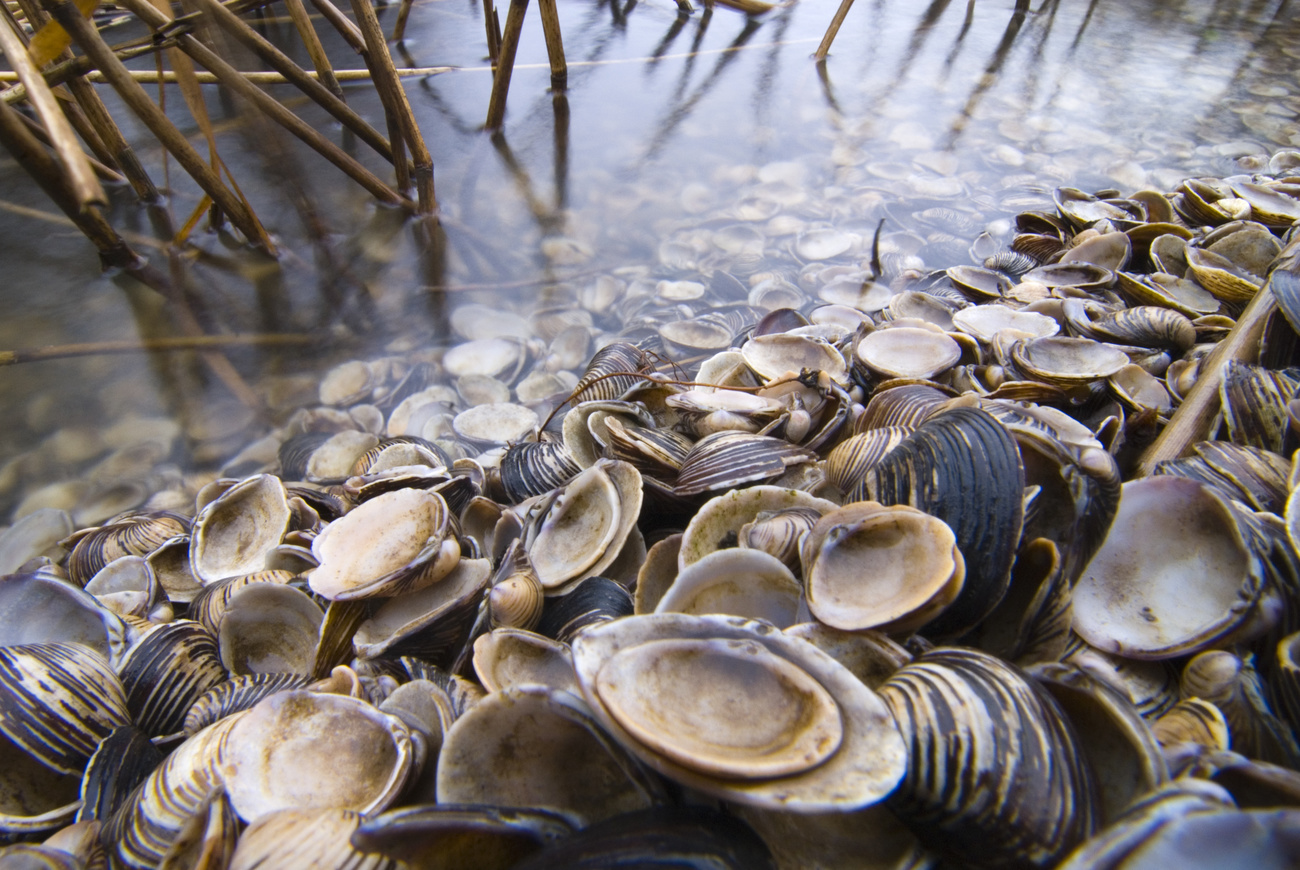
More
Lake invaders: alien shellfish trouble Swiss waters
More

More
Protecting biodiversity starts in the community
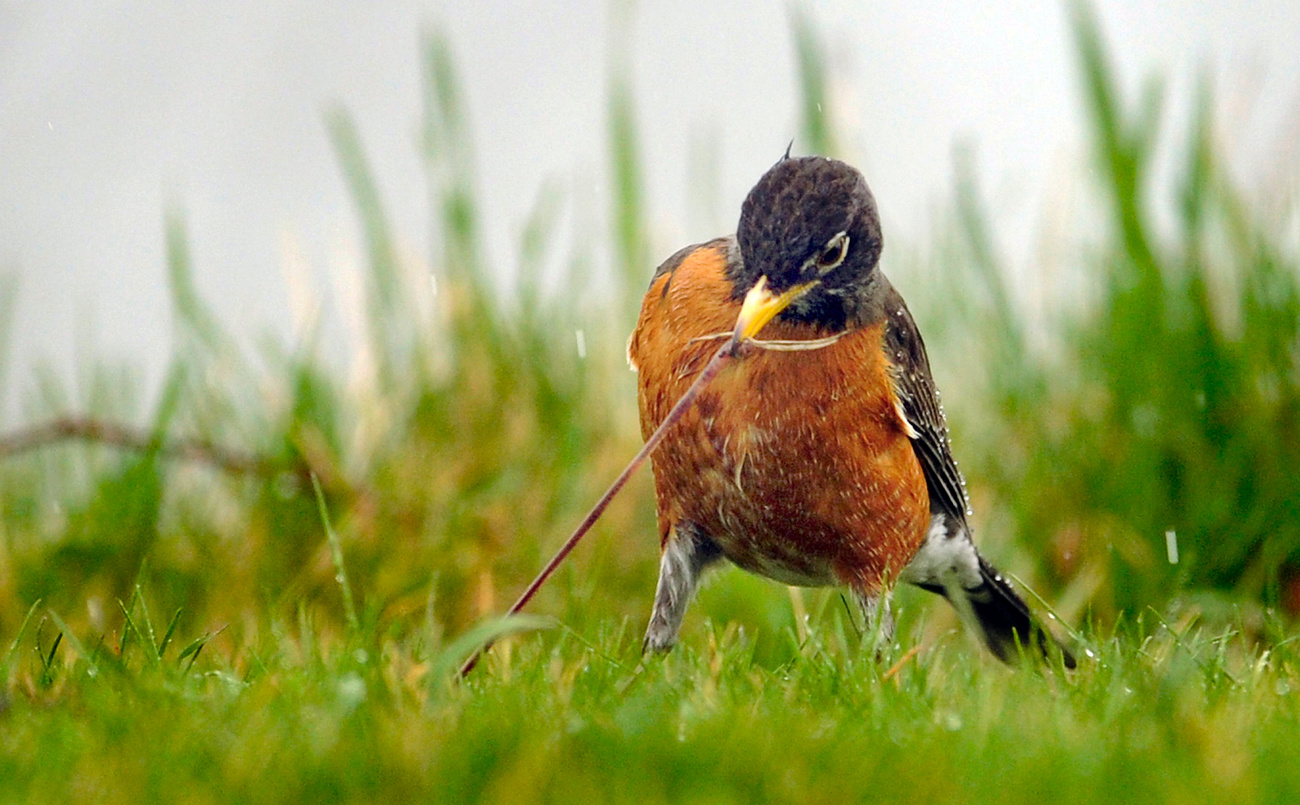
More
Podcast: What soil sounds like and why it matters
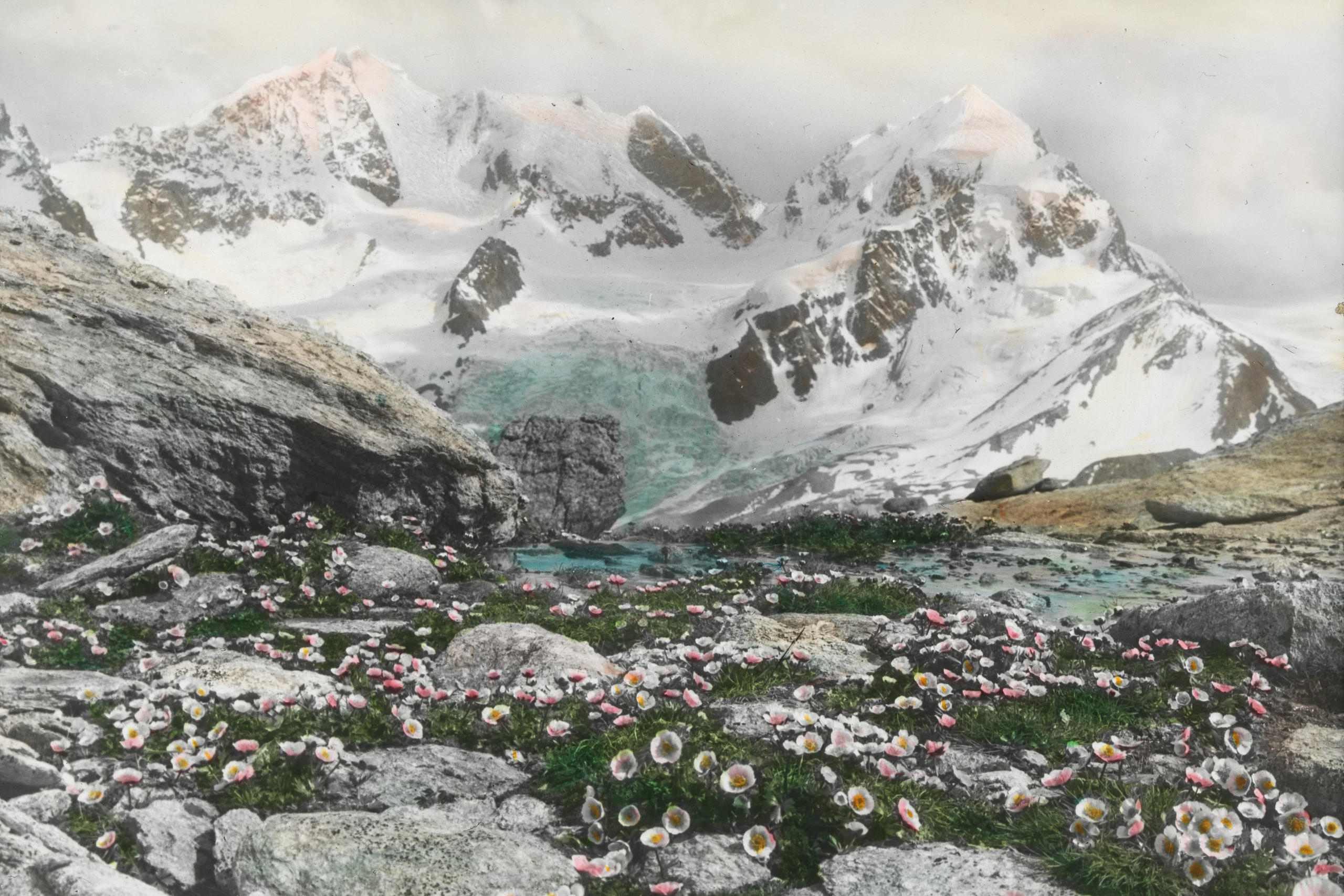
More
The lost world of Swiss Alpine biodiversity
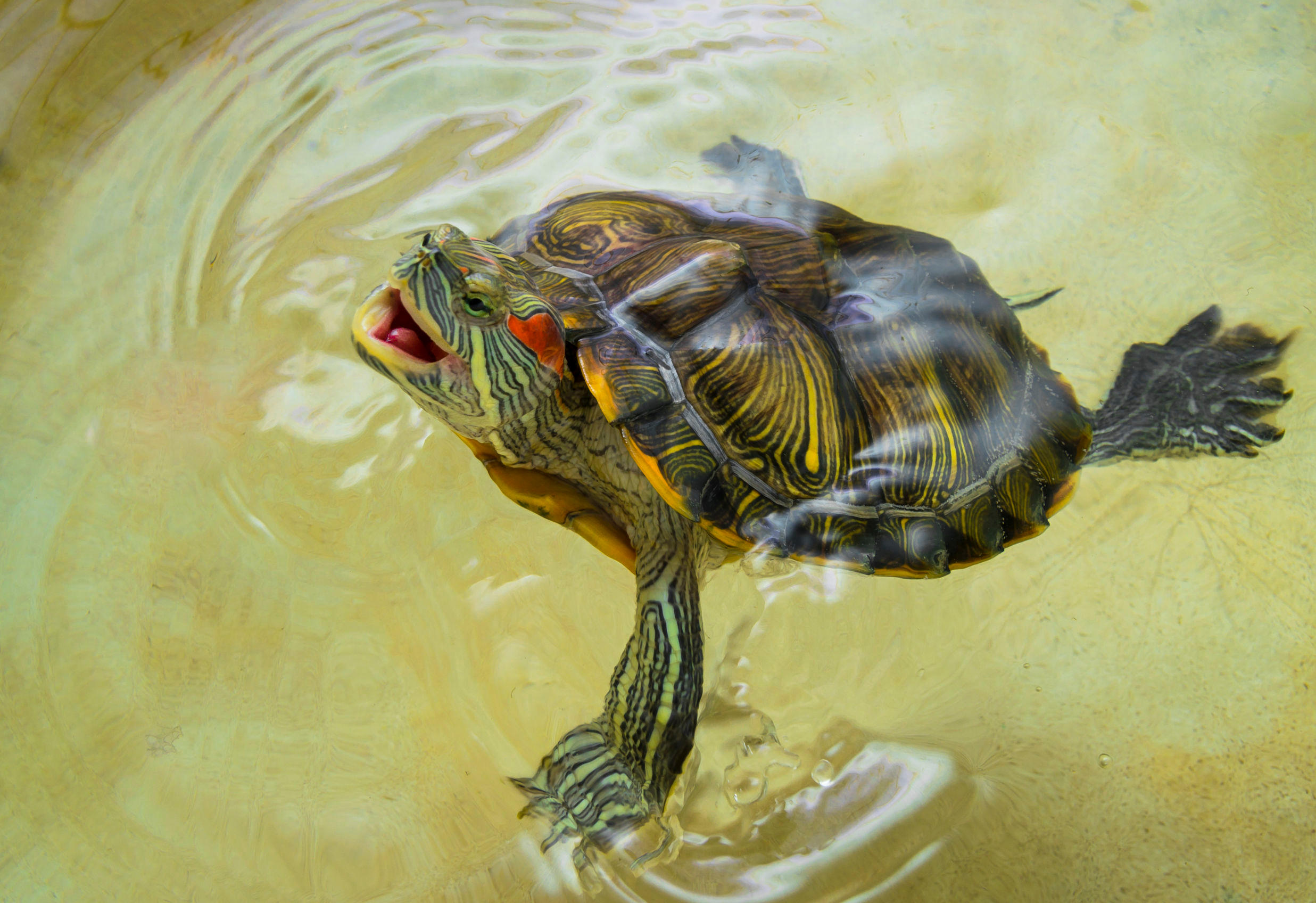
More
How Switzerland is battling invasive species
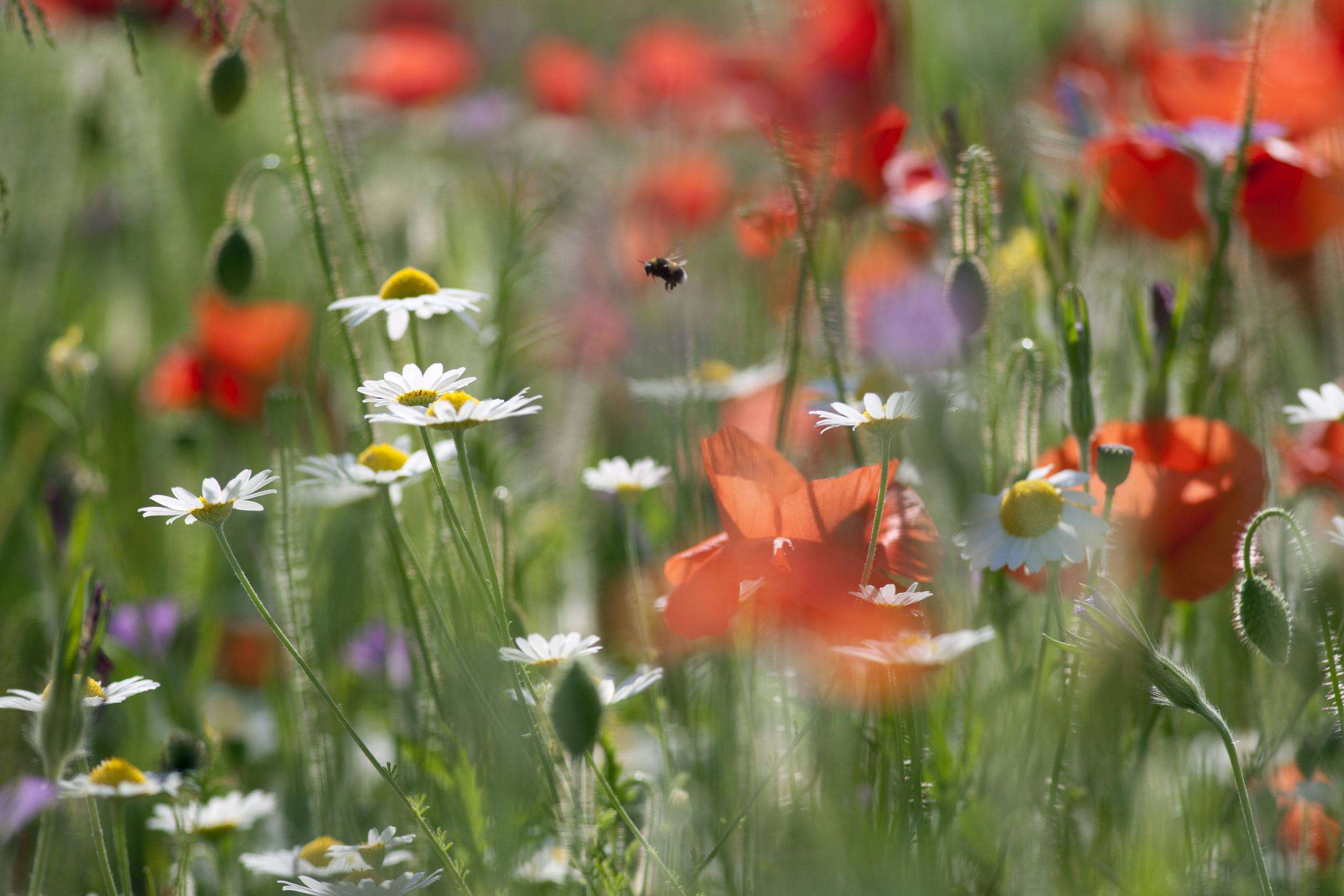
More
The wild side of Switzerland

In compliance with the JTI standards
More: SWI swissinfo.ch certified by the Journalism Trust Initiative































